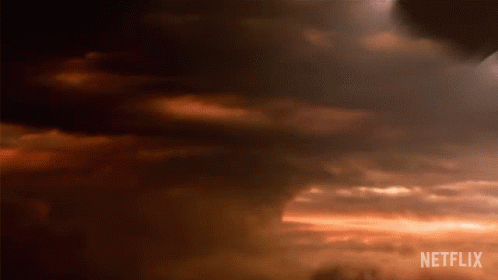Joe Biden never won. This is our Real President – 45, 46, 47.

AND our beautiful REALFLOTUS.
This Stormwatch Monday Open Thread remains open – VERY OPEN – a place for everybody to post whatever they feel they would like to tell the White Hats, and the rest of the MAGA/KAG/KMAG world (with KMAG being a bit of both).
And yes, it’s Monday…again.

But we WILL get through it!

We will always remember Wheatie,


Pray for Trump,

Yet have fun,

and HOLD ON when things get crazy!

We will follow the RULES of civility that Wheatie left for us:
Wheatie’s Rules:
- No food fights.
- No running with scissors.
- If you bring snacks, bring enough for everyone.
And while we engage in vigorous free speech, we will remember Wheatie’s advice on civility, non-violence, and site unity:
“We’re on the same side here so let’s not engage in friendly fire.”
“Let’s not give the odious Internet Censors a reason to shut down this precious haven that Wolf has created for us.”
If this site gets shut down, please remember various ways to get back in touch with the rest of the gang:
- Our backup site, The Q Tree 579486807, https://theqtree579486807.wordpress.com/
- Our old alternative site, The U Tree, where civility is not a requirement
- Our Gab Group, which is located at https://gab.com/groups/4178
- Our various sister sites, listed in the Blogroll in the sidebar
Our beloved country is under Occupation by hostile forces.

Daily outrage and epic phuckery abound.
We can give in to despair…or we can be defiant and fight back in any way that we can.
Joe Biden didn’t win.
And we will keep saying Joe Biden didn’t win until we get His Fraudulency out of our White House.

Wolfie’s Wheatie’s Word of the Week:
remeant
adjective, proper noun
- returning
- coming back
- (both meanings archaic and poetic)
- recycled material brand name
Used in a company statement
Remeant
REMEANT is a beautiful eco friendly textile created from upcycled plastic used in packaging materials. Through cutting-edge technology, REMEANT has produced the first-ever solution for reusing this non-biodegradable waste. The eco friendly fabric is waterproof, washable, highly durable and lightweight. It can be used to produce ethical fashion, including bags, home decor, accessories and clothing.
Used as a website
https://www.remeant.com
Shown in pictures



Pimped in a video
MUSIC!
If we can’t find “remeant”, let’s try “remnant”!
Christian Music – sorry – must watch on YouTube…..
https://youtu.be/https://youtu.be/O5QcESSmlpo
Electronica…..
Soothing game music (yeah, I know – weird, but…..)
Heavy metal omitted…..clearly satanic…..
Messianic song – actually really good!
If you like that, listen to her singing the national anthem at a Trump rally!
THE STUFF

Speaking of Elon Musk, what’s the outlook on colonization of Mars?
Well, before that, you need to know the challenges. Here they are! Fifty minutes worth of them!
Clickbait title? It’s worse! Mars has MANY big problems!
But can they be overcome? By Americans?
Just sayin’!
And remember…….
Until victory, have faith!

And trust the big plan, too!

And as always….

ENJOY THE SHOW

W











